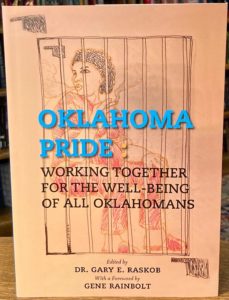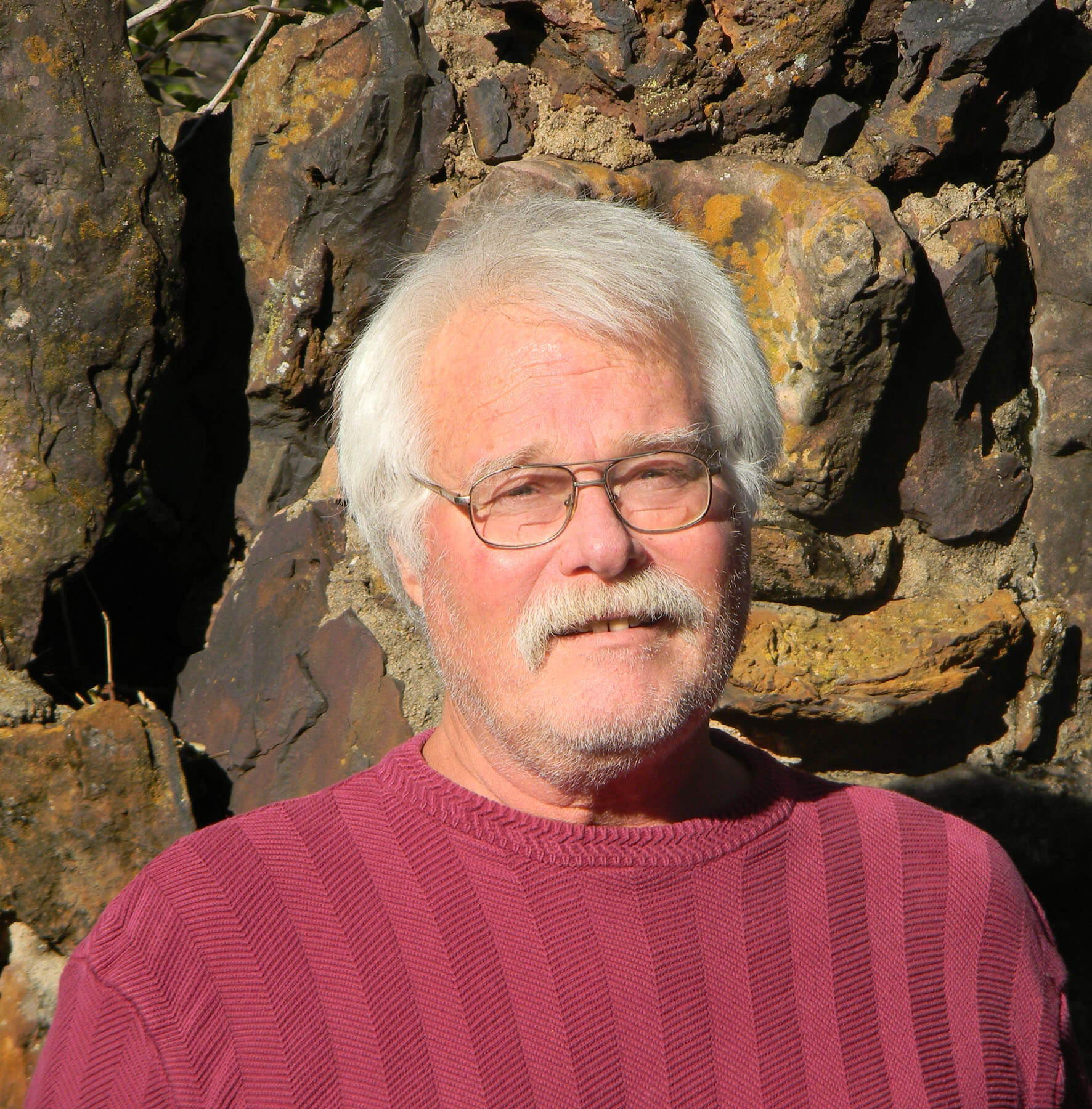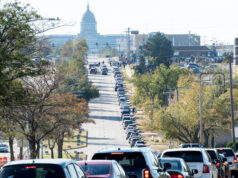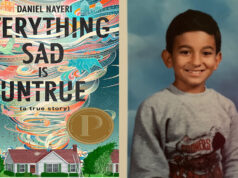Former Surgeon General Joycelyn Elders once said, “There has to be a marriage between health and education.” The truth of this observation is evident when you look at Oklahoma, where health and education deficiencies and disparities go hand in hand.
A new book, Oklahoma Pride: Working Together for the Well-Being of All Oklahomans, edited by Dr. Gary Raskob, dean of the Hudson College of Public Health at the University of Oklahoma, outlines an approach to improving the state that takes into account how factors like poverty, health and education intersect and affect one another. It features contributions from experts in everything from substance abuse to fine arts to offer a clear path to “get us to a future where Oklahomans are both well-off and well.”
Oklahoma Pride’s analysis is consistent with the emerging consensus that our institutions have become too siloed. Over the past three decades, the science-based conclusion that interrelated problems require interconnected solutions has been criticized for being too difficult and too slow.
The field I know best, education, has been damaged by the resulting shortcuts. The hypothesis that the quicker, cheaper route to transformative change is holding individual teachers accountable for solving social problems within the four walls of their classrooms has been discredited. The question is how to turn school improvement programs into team efforts. Oklahoma Pride gives some idea of how to start.
‘Get people to work together’
The foreword to Oklahoma Pride is written by Gene Rainbolt, the nonagenarian banker, Korean War veteran and COVID survivor, who calls it “my love letter to the state imploring us to take the needed actions to improve the lives of our residents.”
Rainbolt explains, “Throughout my life, I have seen the vacuum created by the absence of emboldened leadership and public support.” He learned, “If you can get people to work together you can get more done.”

Oklahoma Pride acknowledges that, traditionally, Oklahomans have prized self-reliance, but it asks how much better we might have fared with greater cooperation. It uses data and science-based analysis to approach complex social problems, emphasizes the need to intervene before challenges grow deeper and more complicated, and prioritizes the partnerships needed to address intertwined conditions.
In 1990, Oklahoma ranked 32nd nationally in overall health. In 2019, it was ranked 46th. In 2017, our state was third worst in infant mortality. Moreover, infant mortality is approximately twice as high for African Americans and Native Americans as it is for white people. Oklahoma also consistently ranks near the nation’s top in young people suffering multiple Adverse Childhood Experiences (ACEs), and youth suicide has increased in Oklahoma by 103 percent since 2007, more than twice the national increase.
Oklahoma Pride argues that early intervention is the key to turning these statistics around. Prenatal care is more effective if it starts in the first three months, but in 2018 only 70 percent of Oklahoma women started prenatal care during that trimester. The book suggests that improving our children’s chances in life requires an all-around approach, including “parenting/healthy relationship services, home visitation and quality child care.”
Of course, Oklahoma has a number of other problems as well. Oklahoma’s opioid prescription rate is about 50 percent higher than the nation’s, fueling the state’s part in the national opioid epidemic.
Oklahoma has the second-highest incarceration rate in the nation, with 639 people per 100,000 in the state in prison, according to 2019 data. (For Black Oklahomans, that number is 4.5 times higher than it is for whites, giving our state the highest Black incarceration rate in the country.) Oklahoma would save $160 million annually just by reducing our incarceration rate to the national average, and the good news is that our numbers have been declining.
The state also scores poorly on health measures such as obesity and smoking, and 34 percent of Oklahoma adults report no daily physical activity outside of their jobs, which is the second worst ranking. Fewer than 30 percent of Oklahoma’s high school students were physically active for 60 minutes a day, and the percentage of students who eat vegetables three or more times per day decreased to 9.4 percent by 2019.
Addressing poverty is key
This may seem like an insurmountable pile of problems, but many of them are interconnected and are specifically related to poverty.
One much-needed intervention is addressing the Oklahoma teen birth rate, which is nearly 50 percent higher than the nation’s. An indicator of its linkage to poverty is that two-thirds of teen mothers who move out of their family home receive public benefits during the child’s first year. Oklahoma Pride calls for better sex education and birth control offered in accessible locations.
And that brings us to the role of poverty in producing educational disparities. It’s bad enough that Oklahoma has the nation’s ninth-highest rate of child poverty. However, Oklahoma Pride addresses a nuance that often is ignored — that the damage done is made worse by “concentrated poverty,” in which a critical mass of students in a school live in poverty and deal with its associated traumas. Black students are six times more likely and Latinos are four times more likely than whites to go to one of these schools.
Sometimes schools serving low-income neighborhoods have improved learning through better instruction, curriculum, leadership and data. But research shows that in schools serving neighborhoods with intense concentrations of generational poverty and extreme poverty, the benefits of better teaching will be washed out until a foundation of socio-emotional supports has been laid.
To improve outcomes in places where poverty is combined with economic and racial segregation, Oklahoma Pride calls for school-based health care centers (SBHC) that are cost-effective and are “ideal settings to address the health and social barriers to educational success.” Schools and partners must engage in the team effort to address chronic absenteeism. Those efforts require interconnected student supports and socio-emotional learning. And we also need partnerships with post-secondary educational institutions.
Oklahoma Pride affirms, “Learning should continue over one’s lifespan, starting with high-quality early childhood programs and extending through post-graduate degrees.”
Partnerships must also address economic inequality. Oklahoma Pride calls for raising the minimum wage and supports the restoration of the earned income tax credit’s refundability, which the Legislature passed this spring. Oklahoma must also tackle the legacies of an uninsured rate that’s second highest in the nation.
Oklahoma Pride is blunt in providing facts about our current health, mental health, education and social and economic crises. In terms of solutions, however, it avoids playing the blame game. I suspect this positivity is as wise as it is frank, fact-driven description of our interconnected health, educational, social and economic challenges.























